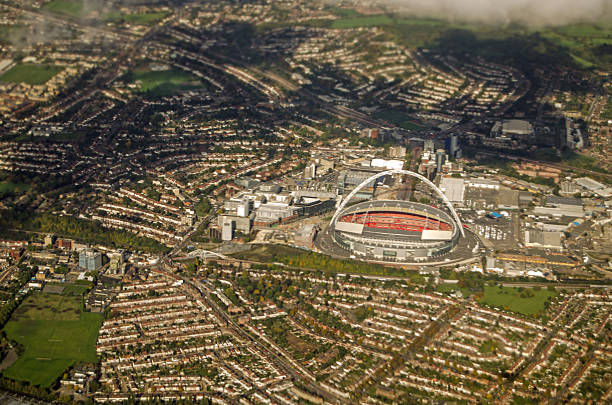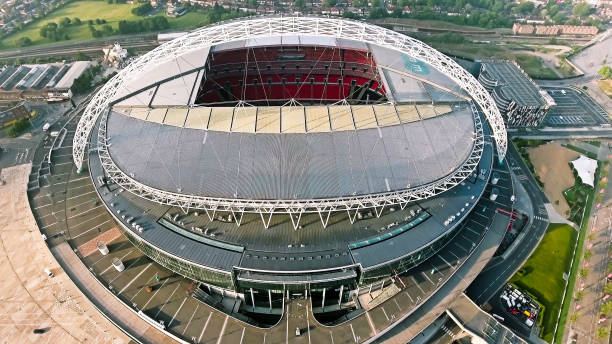On the 28 April 1923 the British Empire Exhibition Stadium opened in Wembley Park, London. Built in just 10 months at a cost equivalent to £50M in today’s money, it attracted many plaudits for its innovative hybrid construction and trend-setting architecture. Yet just three years later, dismissed as “financially unviable” and a “white elephant”, it faced demolition. Then wily entrepreneur Arthur Elvin stepped in, deals were done, the stadium was saved and it became financially viable thanks to greyhound racing and motorcycle speedway. It went on to become world famous as Wembley Stadium, with its iconic Twin Towers and the 39 steps up to the Royal Box. While the structure may not quite have made it to its 80th anniversary, having been demolished in 2002 to make way for the new stadium, the design and construction of the 1923 structure was a milestone for the use of reinforced concrete in the UK. Structural engineer Sir Owen William’s design for the 125,000 spectator capacity arena featured an incite reinforced concrete main structure with the majority of the seating supported on an inclined steel substructure of rolled steel joists spanning from arena level to the perimeter wall, stiffened by horizontal lattice steel girders propped by steel columns. Precast concrete columns supported steel truss roof structures: the roofs themselves were formed from asbestos cement sheeting.

There Was a Fall Of Almost 5m Across The Projected 275m By 200m.
footprint of the stadium. A Bucyrus dragline excavator shifted nearly 900m3 of soft yellow clay to level the site. Details of the concrete mix used are elusive; but it seems that a cement content of around 350kg/m3 was probable. Cement performance would have been significantly lower than today. Aggregates would most likely be natural sands and gravels from the Thames Valley area. A fluid yet cohesive mix would have been needed, without the aid of modern admixtures. The majority of the concrete was placed by a 50m tall “Inslee Tower”, a device that could have come from the imagination of Heath Robinson. The light steel tower supported a long moveable jib, which in turn suspended a balanced truss that could move in any direction. Concrete was mixed at ground level, lifted in a hopper to the top of the tower, from whence it descended by gravity through a series of chutes and more hoppers. Fluted timber shuttering softened the visual impact of the otherwise unadorned exposed concrete around the exterior. Even the flagpoles on top of the Twin Towers were formed from reinforced concrete, probably precast. Originally the stadium was designed to be the centerpiece of the ill-fated 1923-24 British Empire Exhibition. A multiplicity of pavilions sprawled across Wembley Park, in many ethnic architectural styles, all constructed from cast incite reinforced concrete. Two of the “palaces” were said to be the largest incite reinforced concrete structures in the world at the time. To accommodate what was inevitably dubbed “the world’s first concrete city”, local roads were straightened and widened, new sewerage installed, Britain’s first bus station erected. Most of the pavilions were swiftly demolished after the exhibition closed. The stadium itself endured for another 75 years, providing the site for the 1948 Olympics, the 1966 World Cup Final, and Live Aid in 1985. Its shortcomings were becoming increasingly obvious, however, and the controversial decision was finally made to demolish it and replace it with a stadium fit for the 21st Century.


Recent Comments